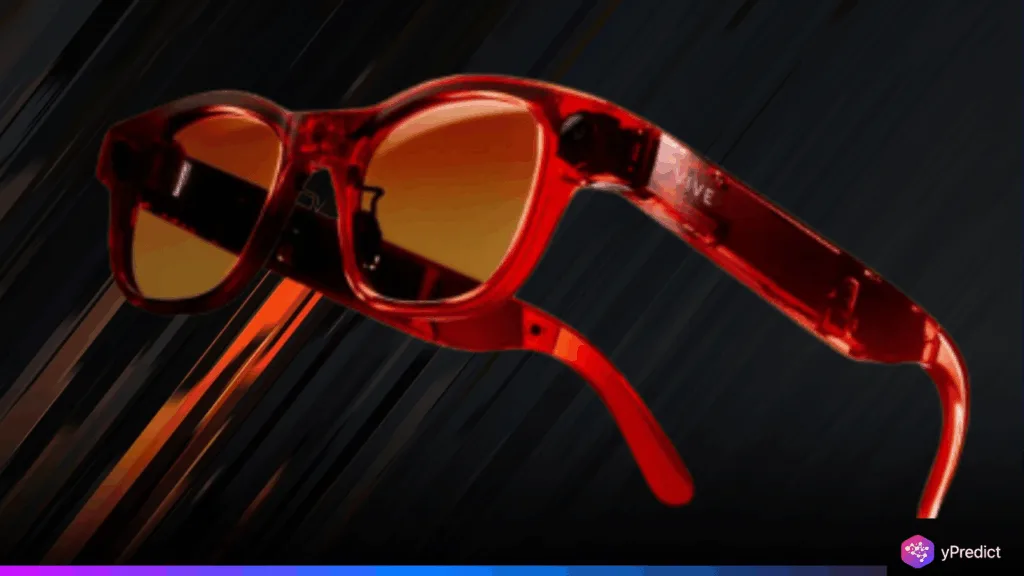
The HTC Vive Eagle smart glasses enter a market that’s moving faster than almost any other in consumer tech right now. Demand for AI-powered eyewear has more than doubled this year. Meta already controls nearly three-quarters of the market with its Ray-Ban Meta glasses. Even then, HTC is trying something different with Vive Eagle. HTC AI glasses aren’t chasing hundreds of frame styles or locking everything into one ecosystem. Instead, it’s focusing on privacy, translation tools, and flexible AI that people can use.
Privacy And Translation As Key Features
People are increasingly cautious about devices that record and stream without clear safeguards. Vive Eagle handles a lot of processing directly on the glasses rather than sending it all to the cloud. It also shuts down if the recording light is blocked, which signals a strong privacy stance. There is also a real-time translation in 13 languages, not just text but spoken and visual. You have a product designed for travelers and users who value control over their data. On top of this, the option to use Google Gemini, OpenAI GPT, or HTC’s assistant means it’s not a walled garden. That’s unusual in today’s market, where most devices push users into one company’s ecosystem.
Competition from Meta, Google and Apple
Vive Eagle is only launching in Taiwan for now. The price is around $520, which isn’t cheap compared to Meta. Meta AI glasses are not only cheaper, but they are also available almost everywhere. They lean into social integration that matters to many buyers. Streaming directly to Instagram or Facebook, pairing with dozens of frame styles, and having a charging case that extends daily use are the kind of lifestyle touches that keep Meta ahead. HTC AI glasses can’t offer that reach or those fashion partnerships yet. Google is also preparing its Android XR glasses. While those aren’t out until at least 2026, they’ll plug right into the wider Android ecosystem, which gives them instant scale. Apple is taking its time, but when it does arrive, the appeal of iOS integration will be hard to ignore.
Different Visions Of HTC AI glasses
So on one side, HTC AI glasses has built a product that feels smarter in some respects. It is more private, more flexible with AI, and better for multilingual use. It’s a clear attempt to serve people who want glasses that act more like a personal assistant than a social media accessory. On the other side, its biggest competitors are shaping the market around reach, design, and integration. Meta already has 73 percent of the global share, largely because it pairs strong tech with a fashion brand people know. Google and Apple will eventually bring the kind of scale that HTC AI glasses don’t have.
Challenges Ahead For HTC Vive Eagle
What Vive Eagle proves is that there’s space for alternatives in AI eyewear. Not everyone wants to broadcast their life to social media, and not everyone wants their data routed through a single company’s servers. HTC faces a challenge. If it does not expand beyond Taiwan, the brand may remain limited in reach. Partnerships will also be key, especially ones that make the glasses both practical and stylish. Without those steps, HTC risks being viewed as only a niche player. The global race in smart glasses is not just about features. Success will depend on how well each brand balances style, privacy, and everyday usefulness at scale.





